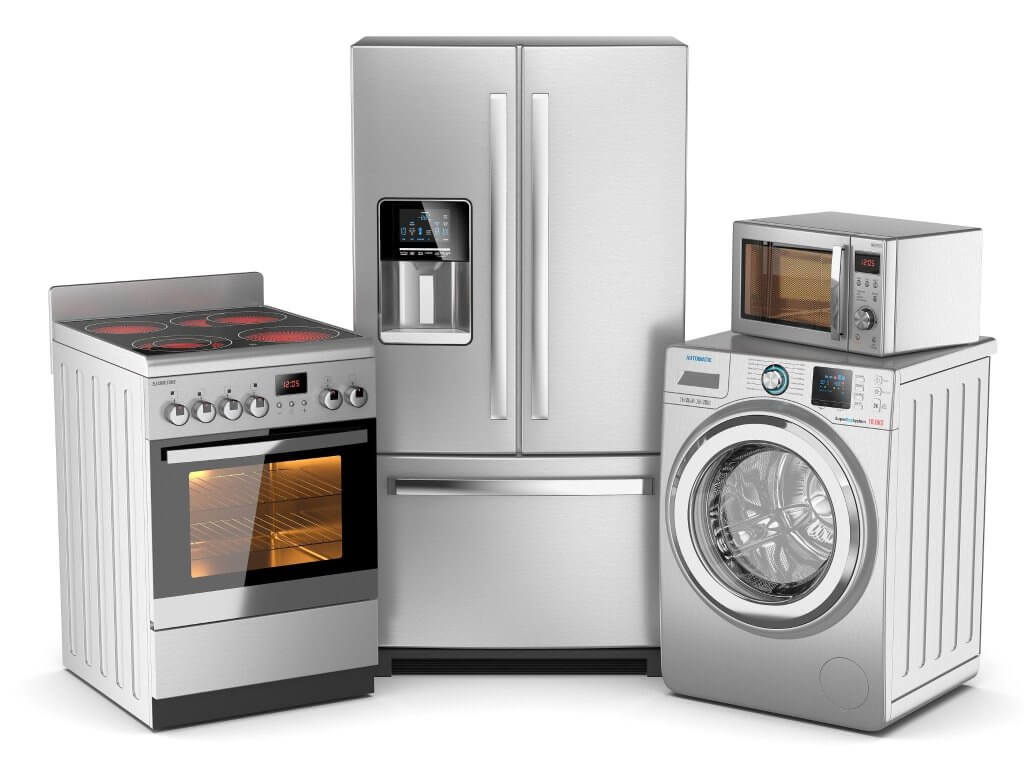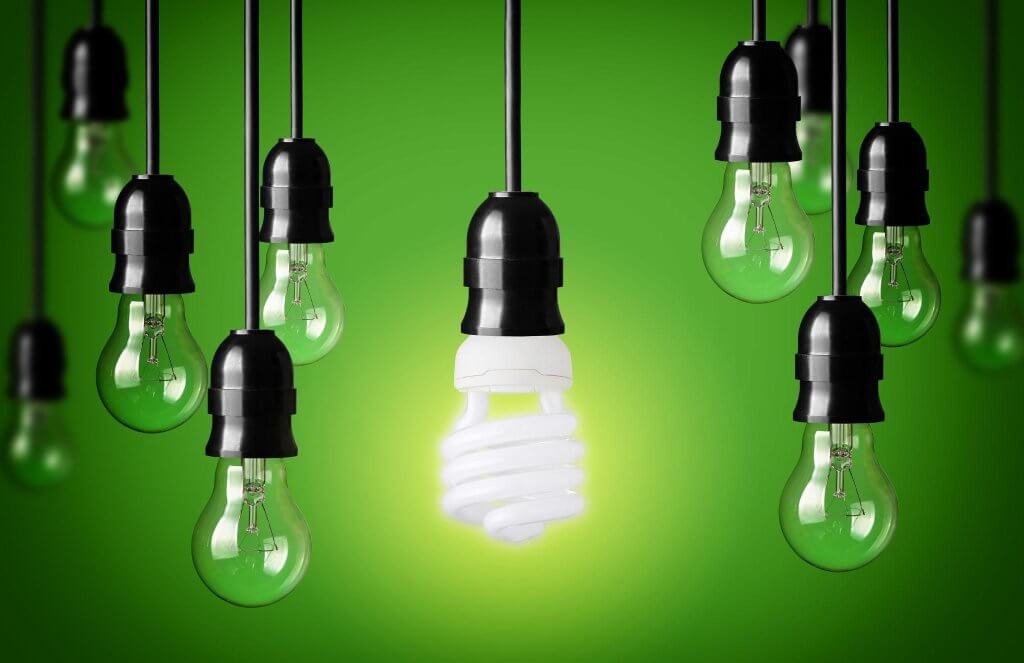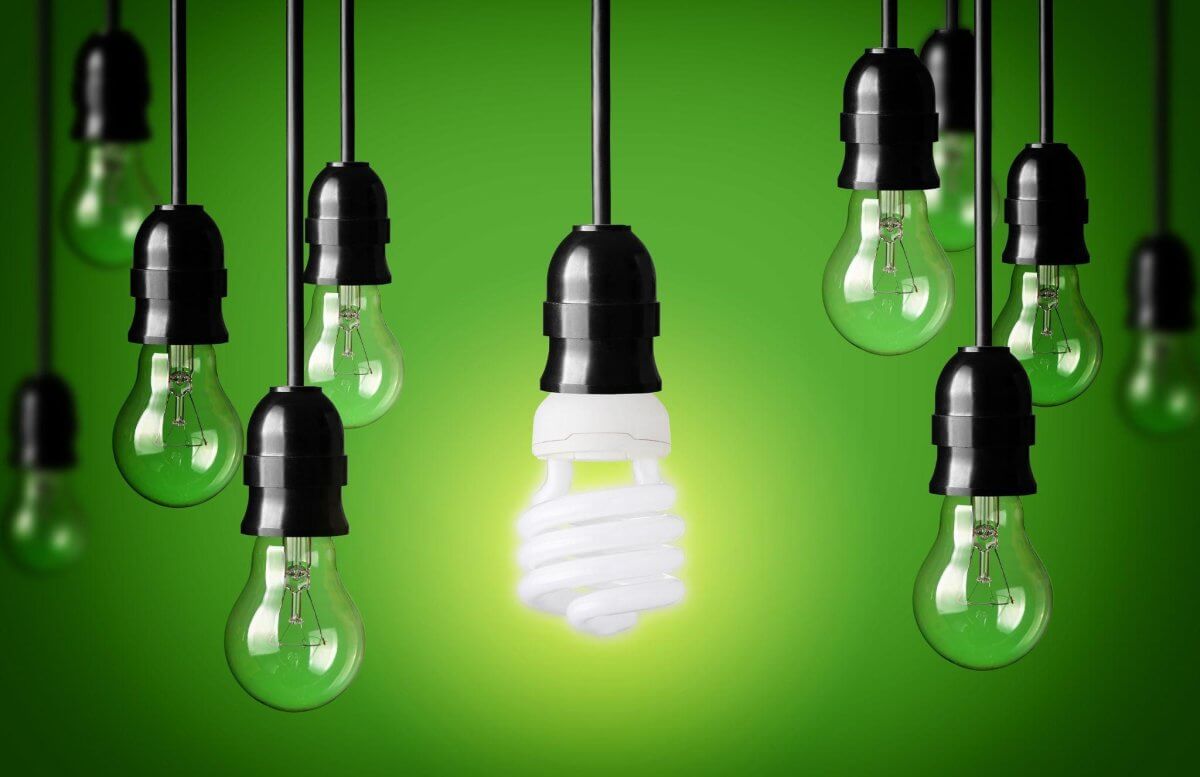Every flick of the switch, appliance, and piece of equipment uses electricity in your home.
And with the rising cost of living affecting us, every little bit helps when it comes to energy conservation!
Our electrician in Bayswater is here to ‘shed light’ on the common electrical mistakes homeowners make, unknowingly causing a dent in their bank balances.
Best of all, we’re also sharing 8 simple tips you can start implementing immediately to conserve electricity and reduce your bills.
Which household electrical appliances use the most electricity?
1. HVAC systems
Heating, ventilation, and air conditioning (HVAC) systems are among the largest contributors to energy consumption in homes, particularly during extreme weather conditions we’re only too familiar with here in Melbourne!
Regular maintenance, such as cleaning or replacing air filters and scheduling professional tune-ups, can improve HVAC efficiency and reduce energy usage.
2. Electric hot water systems
Water heating accounts for a significant portion of household energy consumption.
Older electric hot water systems may be inefficient and result in unnecessary energy expenditure.
Upgrading to a newer, energy-efficient model can lead to considerable energy savings over time.
3. Refrigerators and freezers
Refrigerators and freezers are essential appliances that run continuously, consuming a significant amount of energy.
Simple measures such as regularly defrosting freezers, setting optimal temperatures, and ensuring proper door seals can improve appliance efficiency and reduce energy consumption.
4. Clothes dryers
Clothes dryers are another energy-intensive appliance, especially during chilly winter days.
To reduce energy usage, consider air-drying clothes whenever possible and investing in a high-efficiency model. Additionally, proper ventilation is essential to ensure the dryer operates efficiently and effectively.

5. Cooking appliances – Gas vs induction hot plates
The cost of running gas hotplates versus induction hotplates depends on various factors such as energy prices in your area, the efficiency of the appliances, and how often you use them.
Here’s a general comparison:
Gas Hotplates:
Gas hotplates use natural gas or propane as fuel.
The cost of natural gas or propane varies depending on location and market conditions.
Gas hotplates tend to have lower upfront costs compared to induction hotplates.
However, gas prices can fluctuate, and if you use them frequently, the cost can add up over time.
Gas hotplates are generally considered less energy-efficient compared to induction hotplates, as some heat is lost to the surrounding environment.
Induction Hotplates:
Induction hotplates use electricity to create a magnetic field that heats the cookware directly.
Electricity prices vary but are generally stable compared to gas prices.
Induction hotplates are often more energy-efficient than gas hotplates because they heat the cookware directly, resulting in less heat loss.
While induction hotplates typically have higher upfront costs, they may save you money in the long run due to their efficiency.
Additionally, induction hotplates heat up faster and provide more precise temperature control, potentially reducing cooking times and energy usage.
In many cases, especially if you have access to relatively inexpensive electricity, induction hotplates can be cheaper to run over time due to their efficiency.
However, it’s essential to consider your specific circumstances, including upfront costs, usage patterns, and energy prices, to determine which option is more cost-effective for you.
6. Dishwashers
Dishwashers can consume a significant amount of energy, primarily due to the heating element used for drying dishes.
To maximise energy efficiency, run the dishwasher with full loads, opt for air-drying instead of the heated drying cycle, and choose energy-efficient dishwasher models.
7. Washing machines
Traditional top-loading washing machines tend to use more energy and water than front-loading or high-efficiency models.
Using cold water for washing and choosing shorter wash cycles can help reduce energy consumption without compromising on effectiveness.
8. Electronics
Home electronics like TVs, gaming consoles, and home theatre systems contribute to overall energy consumption. Using smart power strips and turning off electronics when not in use can save energy by preventing standby power usage.
8. Electric vehicle (EV) charging
Electric vehicle (EV) charging has become a significant power consumer in many households, raising discussions about energy efficiency and sustainability.
As EV adoption increases, homeowners are prioritising efficient charging solutions to minimise energy consumption and reduce their carbon footprint.
Integrating charging stations into existing electrical systems is essential not only for meeting energy demands but also for promoting energy efficiency, reducing carbon emissions and being environmentally friendly.

8 easy tips you can start implementing now to save electricity in your home
1. Use smart power strips
Smart power strips are an effective solution to combat energy waste.
These devices automatically shut off power to peripheral devices when the main device is turned off, which helps to prevent standby power consumption.
2. Look at upgrading appliances
Outdated appliances are often significant contributors to escalating energy bills.
Older models may lack energy-efficient features and consume more power than necessary.
Investing in modern, ENERGY STAR-rated appliances can lead to substantial long-term savings. These appliances are designed to operate more efficiently, reducing energy consumption and lowering electricity costs.
3. Get familiar with energy consumption patterns
Homeowners can adopt energy-efficient practices, make informed purchasing decisions, and potentially lower overall energy bills by understanding appliance energy consumption patterns.
4. Regular maintenance
Conducting regular maintenance on appliances ensures optimal performance and energy efficiency.
Simple tasks such as cleaning air filters or checking seals can make a significant difference in energy consumption.
5. Embrace conscious energy use habits
Developing conscious energy use habits, such as turning off lights when not in use or utilising energy-saving settings on appliances, can further reduce energy consumption and promote sustainability.
Consider energy efficient lighting outdoors for home safety and ambience for entertaining.
6. Explore efficient lighting solutions
Traditional vs. LED Lighting: LED bulbs offer a significant improvement in energy efficiency compared to traditional incandescent bulbs.
They consume less energy and have a longer lifespan, resulting in substantial cost and energy savings over time.
The benefits of switching to LED
By making the switch to LED bulbs, homeowners can not only reduce their electricity bills but also minimise their environmental impact.
LED bulbs produce less heat, making them safer to use and reducing the risk of fire hazards.
Their durability and longevity make them a reliable and sustainable lighting solution for homes.
Incorporating efficient outdoor lighting not only enhances energy efficiency but also contributes to home security. It can deter potential intruders and creates a welcoming outdoor ambience you can enjoy.
Making informed choices about lighting options is an essential aspect of promoting both home safety and energy efficiency.
7. Understand the benefits of insulation
Poor insulation leads to energy wastage as HVAC systems work overtime to regulate temperature. Identifying and fixing leaks is crucial for maintaining energy efficiency.
Invest in insulation! Quality insulation reduces the need for heating and cooling, resulting in substantial long-term energy savings.
8. Optimise your electric vehicle charging strategy
Electric vehicle (EV) charging stations can be a significant source of energy consumption, especially if not used efficiently. To maximise energy savings and minimise costs, consider the following tips:
Utilise off-peak tariffs and smart charging
Invest in smart charging technology to schedule charging sessions during off-peak hours when electricity rates are lower and demand on the grid is reduced.
By taking advantage of discounted electricity rates during off-peak hours to charge your EV, you can maximise savings, minimise carbon emissions and contribute to grid stability.
Leverage solar and batteries
Install solar panels and home batteries to generate and store electricity for EV charging. By harnessing renewable energy sources, you can minimise reliance on the grid and further reduce your environmental impact.
By addressing these common mistakes and adopting energy-efficient practices, homeowners can support sustainability and save money on their energy bills.
Cut costs and conserve: everyday actions count, no matter how small they might seem!
Save money and reduce your impact on the environment with these simple energy-saving solutions in your home.
Eastern Melbourne Electricians is here to assist with energy saving solutions – got questions? Our Bayswater team would love to hear from you.
Take the first step: Contact Eastern Melbourne Electricians for an energy assessment today! Get in touch with us online or call our friendly team on


